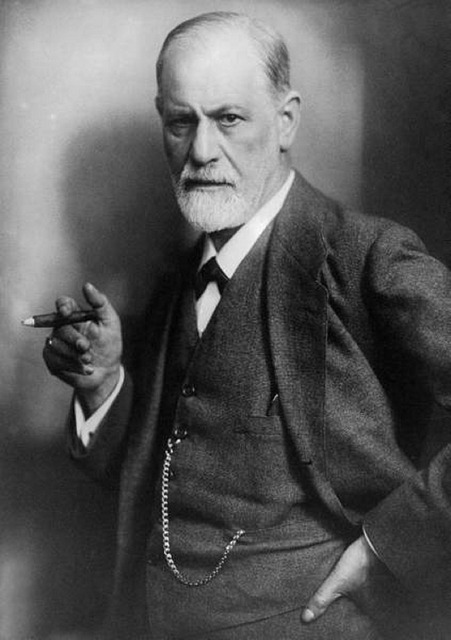Sigmund Freud was an early psychiatrist who developed psychoanalysis, the practice of understanding and curing psychiatric conditions through exploring the mind of the patient. Born in 1856, Freud influenced the field of neurology in its developing years. However, the practice of psychoanalysis is not often used in the clinic in modern times.
He believed that the mind’s desires are buried in the unconscious, and unconscious thoughts are made apparent in dreams. These unconscious thoughts are repressed desires. One of his early works, published in 1899 called “The Interpretation of Dreams” outlines this theory. He later published a short manual explaining the theory of dream analysis called “Dream Psychology: Psychoanalysis for Beginners”.
“The interpretation of dreams is the royal road to a knowledge of the unconscious activities of the mind.”
In Dream Psychology, Freud describes several components of the dream. The most significant is the dream-work. Freud’s conception of the dream-work is rooted in the unconscious. A person's unconscious desires will manifest themselves and shape their behavior while awake, and will influence the content of the dream while asleep. There are two layers of the dream: manifest content refers to the aspects of the dream which are remembered on waking, while latent content are the parts of the dream which contain the repressed wishes. Dream analysis aims to unpack the latent content through an understanding of the manifest content.
The dream-work itself is created by a combination of four elements.
Condensation is the idea that several different ideas from the waking life are combined into a single element. He describes a patient who he had treated named Irma to illustrate the concept of condensation. In his dream, Irma came to represent more than just the patient, but also Freud’s daughter of the same name, and his wife. The people whose traits made up dream Irma became realized only after analyzing their characteristics.
Displacement refers to the changing of the form of a significant thought or idea into one that is trivial. In Freud’s framework, free association is a major component of displacement. The memorable content of a dream may appear to be silly on recall, but these trivial details, he says, are all expressions of more serious desires. Here, he introduces the concept of symbols, which are themes that appear within dreams that all have a significance to the person's desires. He claims that some symbols are universal; for example, that royalty such as kings or queens always represent the mother or father, respectively. He are so states that many symbols are relative to each person based on their own experiences.
Considerations of representability refers to the transformation of thoughts into visual elements. Here, Freud would argue that what a person remembers in the dream may be some sort of whimsical and meaningless imagery on first look, but actually is highly significant to the person's unconscious desires. Some of these images represent a disguised fulfillment of a repressed wish. The wants of the person get achieved through some sort of imagery, and this is sufficient to allow the person to continue sleeping rather than being interrupted.
Secondary revision is the fourth component of the dream-work. Secondary revision is the idea that the dream content is altered to make the material more difficult to understand. A patient of psychoanalysis is told to write down their dreams in as much detail as they can recall. This will help the psychiatrist to delve more deeply into the content of the dream.

